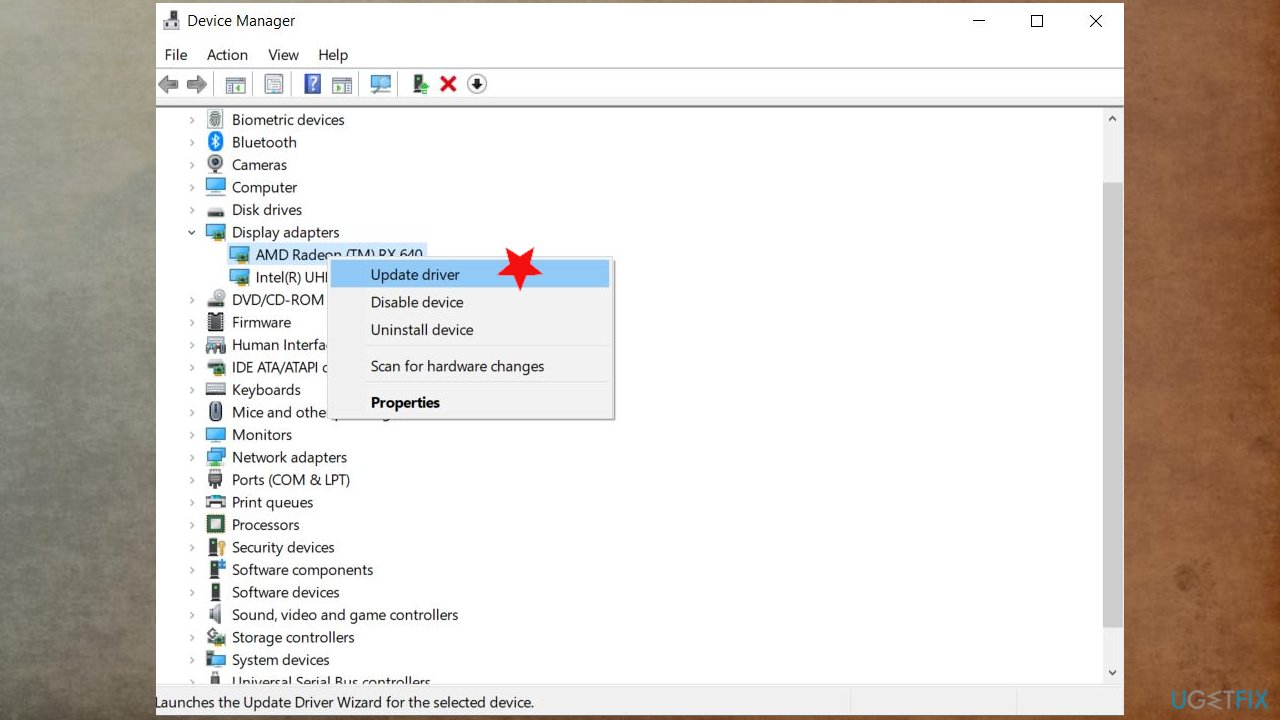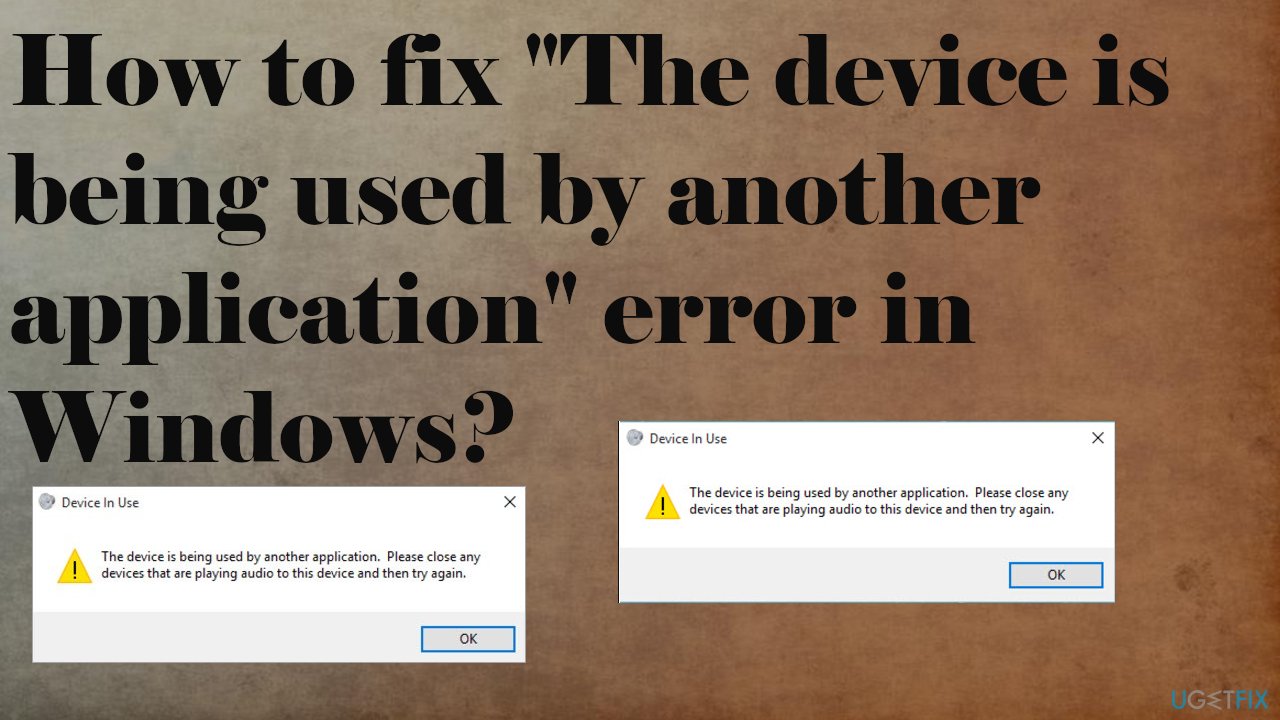

See Is it possible to record sound played on the sound card? for details.

Once you enable this device (typically disabled by default) you need to use this device as audio input on your processing application. Playback happens as usually and you have an additional audio input device available that produces a copy of audio feed sent to hardware output.

This option is hardware dependent and available on many onboard audio devices. You marked this solution as unsatisfactory, so we are skipping it. Then, you can install Virtual Audio Cable which creates a pair of devices connected behind the scenes. No software needed, but there are obvious drawbacks: overhead, noise and possible quality loss due to DAC and ADC conversions, inability to use certain multi-channel formats. This covers #3 above and others are covered by plugging cable into proper connectors. There are a few ways to achieve the mentioned items.Īn obvious solution is hardware loopback. To select specific audio input on the recording/processing application.To select specific audio output on the playing application.To route audio output as another application's input you need to be able to take care of the following:


 0 kommentar(er)
0 kommentar(er)
